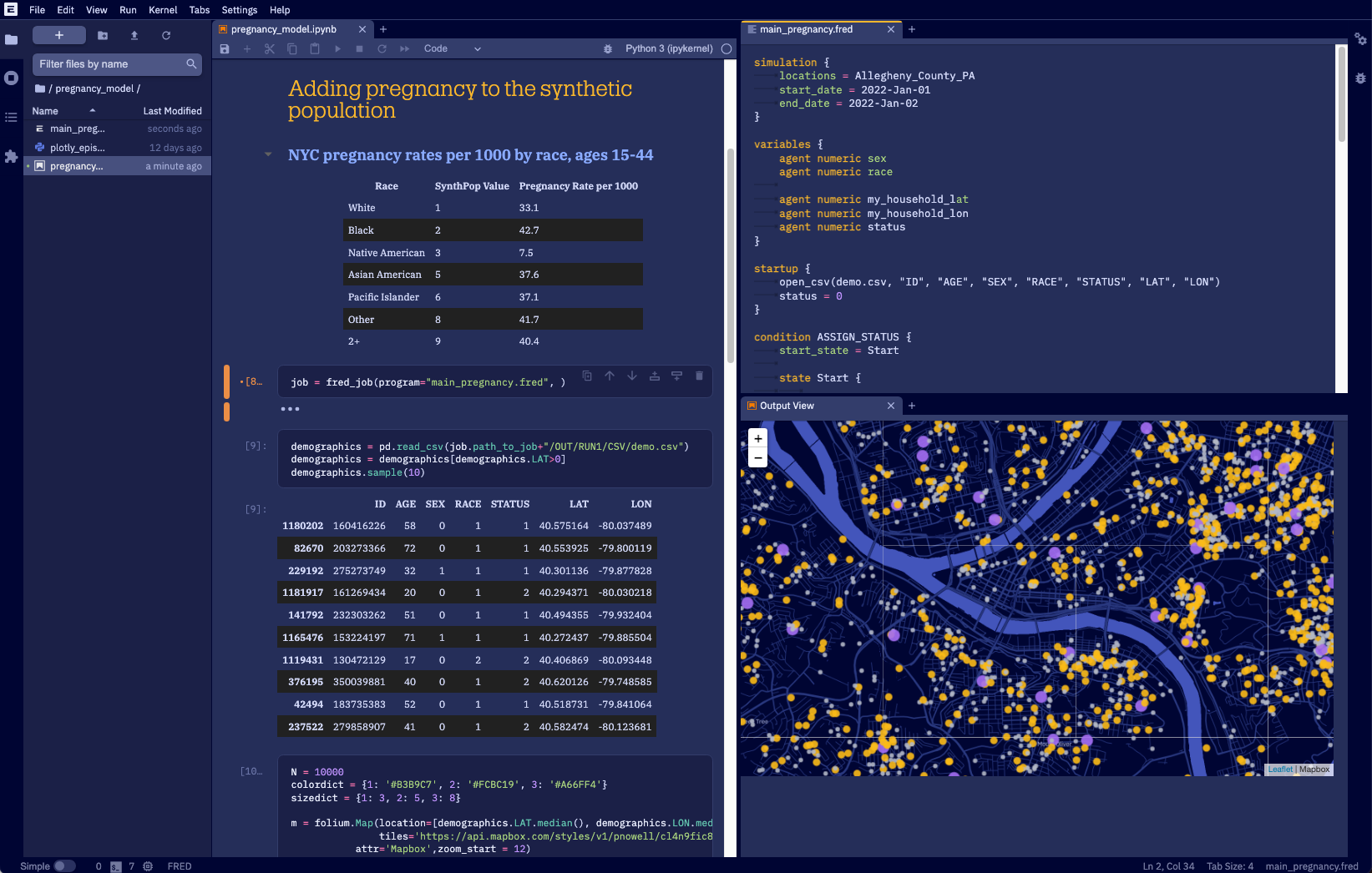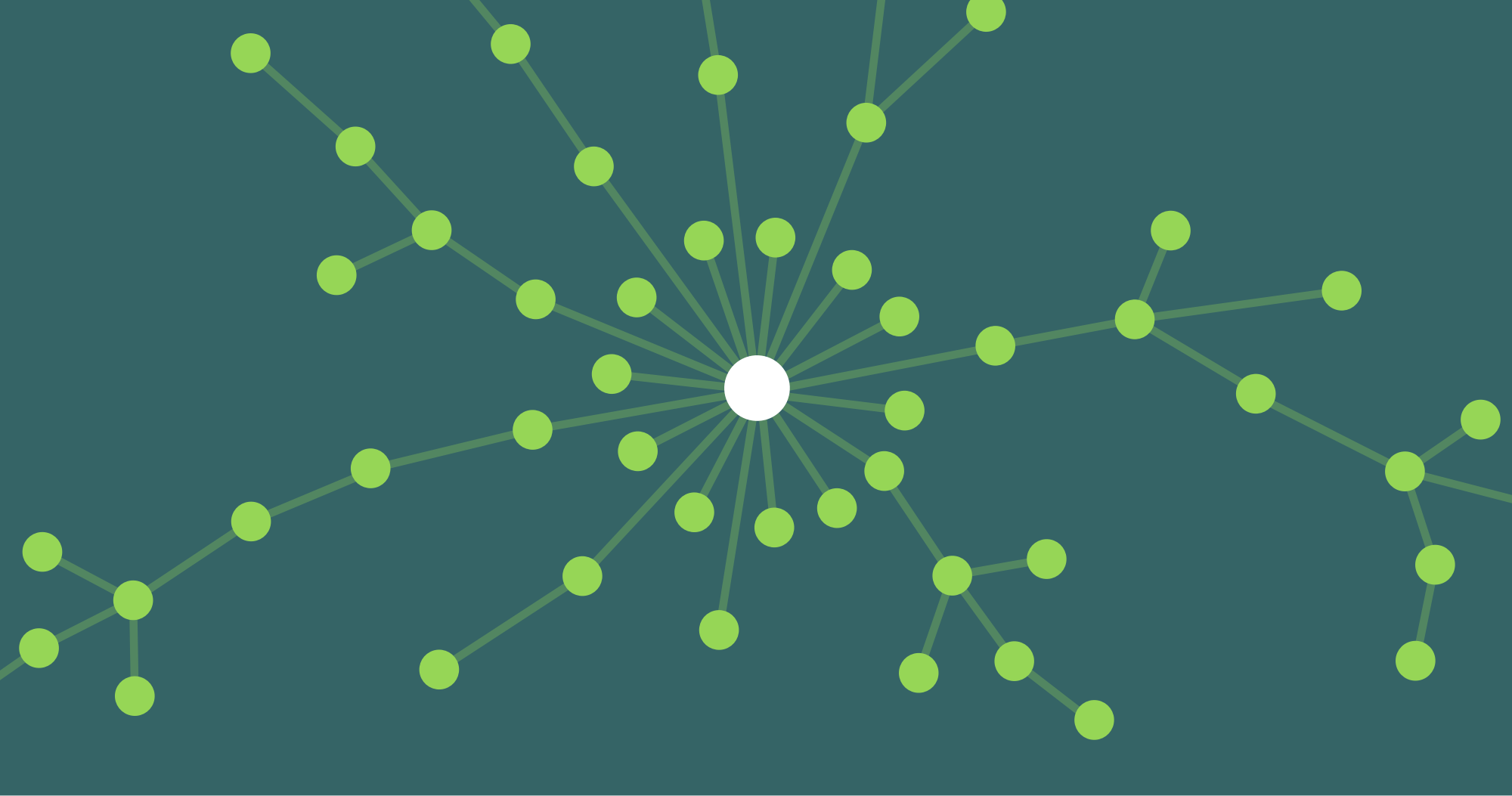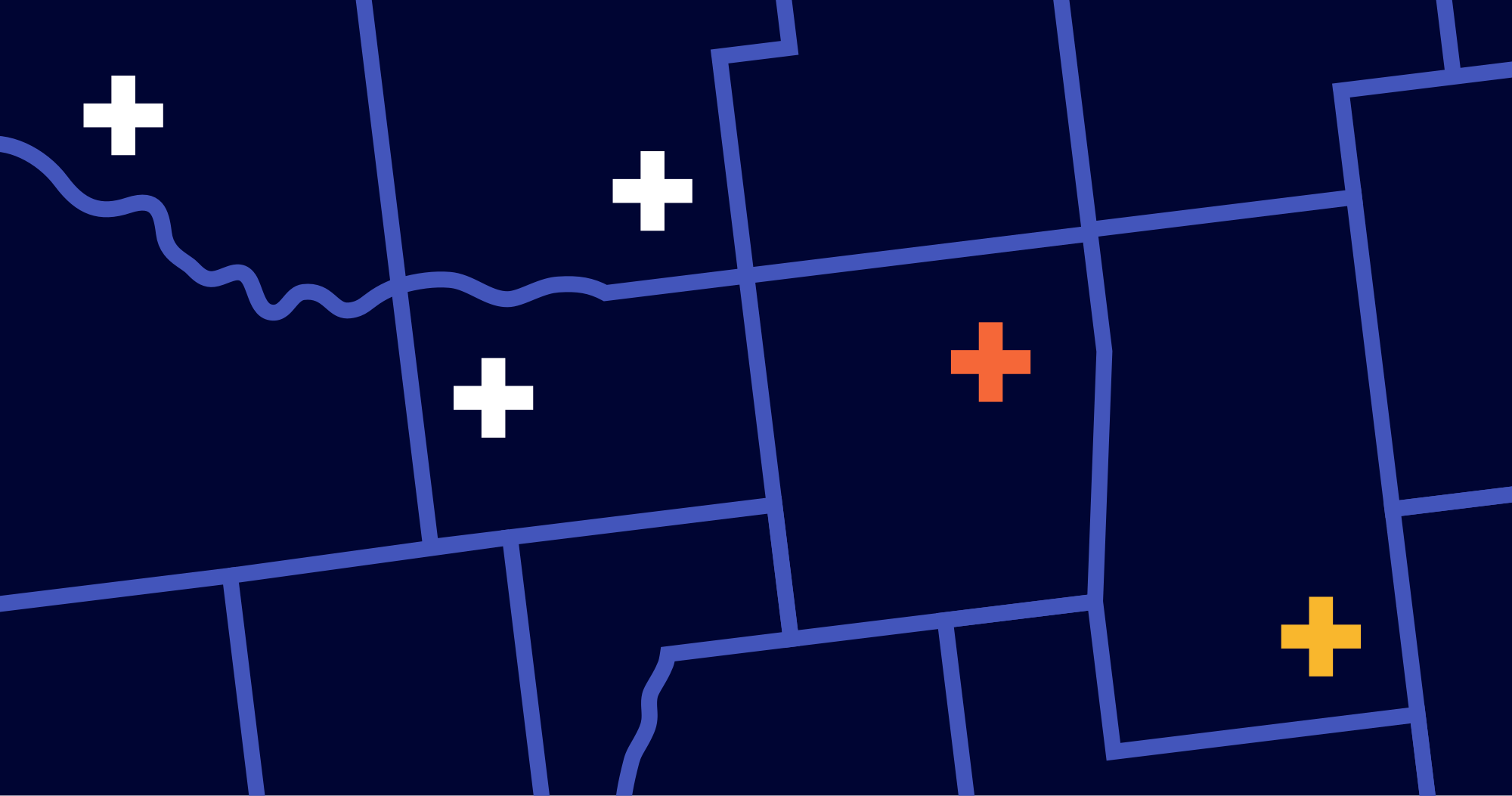Build Agent-Based Models to Improve Decision Making
In business and in life, everything comes down to figuring out what to do next. Whether you’re making an investment, developing a strategy, or leading a team, your choices determine your future.
Shaping the future requires understanding how the world works, but the world is a complicated place. There are so many forces beyond our control: pandemics, recessions, political crises, demographic shifts, climate change, cultural revolutions, technological innovations, et al. Even when you zoom in, seemingly unanswerable questions loom. How will customers react to your new product? What if a competitor intervenes? What if consumer behavior takes an unexpected turn? What if a catastrophe disrupts your supply chain?
Companies manage these risks with a combination of analytics and judgment. Analysts scour vast amounts of data to find useful patterns, and then project those patterns into the future to make predictions. But despite their power and reach, the techniques most data scientists rely on—like machine learning—are limited because their results are based on existing data, meaning that their predictions assume that the future will resemble the past in fundamental ways. Most of the time, the future does resemble the past, and these techniques are sufficient. But the most important decisions are made at inflection points beyond which the future is unknowable, and must be invented.
That’s when companies resort to judgment. Leaders make a call, and the dominoes start falling. Qualitative approaches like scenario planning and quantitative approaches like agent-based modeling seek to improve this kind of strategic decision making by simulating what might happen if you make a particular choice or face a particular situation. But scenario planning is limited by human mental capacity, and traditional agent-based modeling is constrained by simplistic underlying assumptions and the absence of real-world data.
We founded Epistemix to fill this gap by making it easy to create realistic agent-based models that simulate what might happen next so you can figure out what to do next. We built an agent-based modeling platform on top of a synthetic population of the United States that is statistically accurate down to the census block level—a realistic virtual world populated by virtual people, households, workplaces, and neighborhoods where you can test ideas before implementing them in reality. Our in-house data scientists have been using this platform to build models that inform corporate strategy, advance scientific research, improve disaster response, make businesses more resilient, and enable organizations to plan ahead.
We’ve seen these models lead to better high-stakes decisions so many times in such diverse circumstances that we realized access to the tool itself is the limiting factor in scaling its impact. Over the last two years, we redesigned our platform for external users, and are excited to launch it today. Whether you are building simulations to test marketing strategies, identify policies to improve population health, or understand the impact of climate migration—this tool is the key you need to unlock the power of simulation.

The platform will help you hit the ground running. Our agent-based modeling language, FRED, is flexible, descriptive, and easy-to-learn, allowing you to quickly design and implement simulations relevant to your business needs. The platform comes loaded with a suite of Python tools that run simulations and retrieve outputs as standard Pandas data objects, enabling you to analyze your results using your favorite Python libraries. A set of 10 tutorials will introduce you to our synthetic population and walk you through the process of designing and running models. Our Jupyter-based Interactive Modeling Environment makes it easy to integrate building models into your existing data science workflows.
Sign up to become a beta user and start building your own models right away—the future is waiting for you to invent it.

